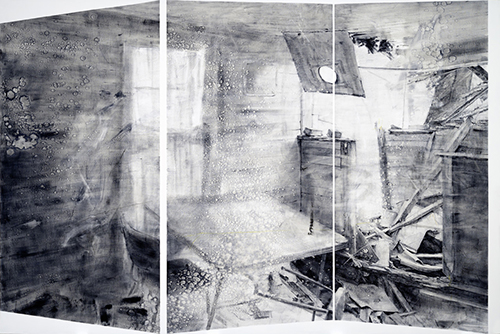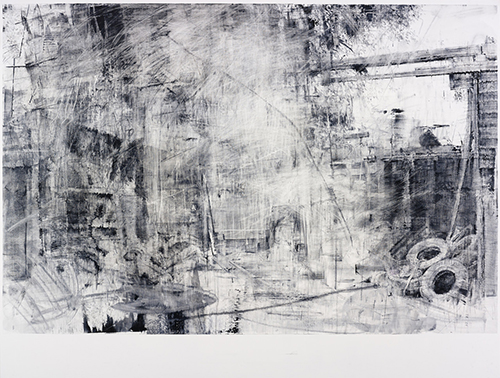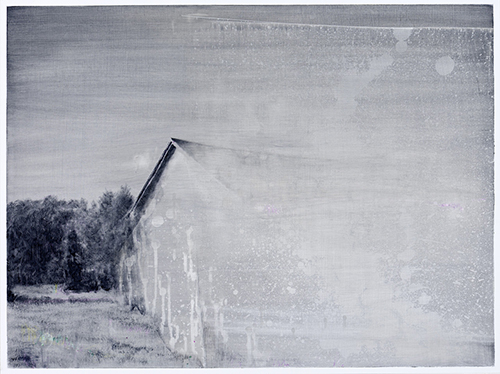
On June 23, the Gibbes Museum of Art and Society 1858 announced the 2014 Short List of finalists for the 1858 Prize for Contemporary Southern Art. The 1858 Prize, awarded annually with a cash prize of $10,000, acknowledges an artist whose work demonstrates the highest level of artistic achievement in any media, while contributing to a new understanding of art in the South. Over 250 artists from Alabama, Arkansas, Florida, Georgia, Louisiana, Mississippi, North Carolina, South Carolina, Tennessee, and Virginia submitted applications during this time period.
The seven artists selected for the 2014 1858 Prize for Contemporary Southern Art short list are Jim Arendt, Sonya Clark, Andre Leon Gray, Jackson Martin, Jason Mitcham, Damian Stamer, and Stacy Lynn Waddell. We will profile the seven finalists in a series of blog posts to give readers an in-depth look into each finalist’s training, creative process, and inspiration. This week’s blog post is written by UVA collections/curatorial intern, Bridget Bailey.
A native of Durham, North Carolina and current resident of Chapel Hill, painter Damian Stamer is transfixed with the antiquated southern landscape. After receiving his BFA from the University of Arizona, Stamer earned his MFA at the University of North Carolina at Chapel Hill. He paints “places that would rather be left alone”: barns, sheds, abandoned houses, and other vernacular structures of the rural south in a style that creates a tension between realism and abstraction. In these works he creates a sensation of both being visible and disappearing.
Stamer’s recent paintings are primarily black and white—placing them in dialogue with black and white photography—especially images of the south, (i.e. Walker Evans,) as well as printmaking. The artist’s decision to paint, as opposed to working in other media, seems necessary, delineated by the scenes he depicts, as he calls his brush “a fitting tool to translate secrets from a bygone era, too thick and murky to capture with ones and zeros.” Through varying his mark-making and textures, he creates moments of both richness and atmosphere, heavy with the history and stories of a place, which, Stamer says, he feels obligated to capture and bring into the foreign walls of the gallery.

His canvases are often big, sometimes multi-paneled or non-rectangular, allowing the viewer to enter into the space of his paintings with the afternoon light, (i.e. figure 1: “Rummage,” 2014.) The tires in “Patrick Rd. 8” (figure 2) evoke Allan Kaprow’s “Yard,” though the action in Stamer’s work is not just in the repeated circles of the tires but in the white tornado-like vortex that seems to dance across the undefined space. In some paintings, the barns are blatantly disappearing, records of their transience as marks upon the landscape, (figure 3: “New Sharon Church Rd.,” 2012.)

The space of Stamer’s paintings is haunting, as he subtly animates what has been abandoned and will soon be gone, pointing to the beauty of impermanence, the mortality of people and things and the tangible feeling of a place steeped in memory.
Published July 18, 2014


